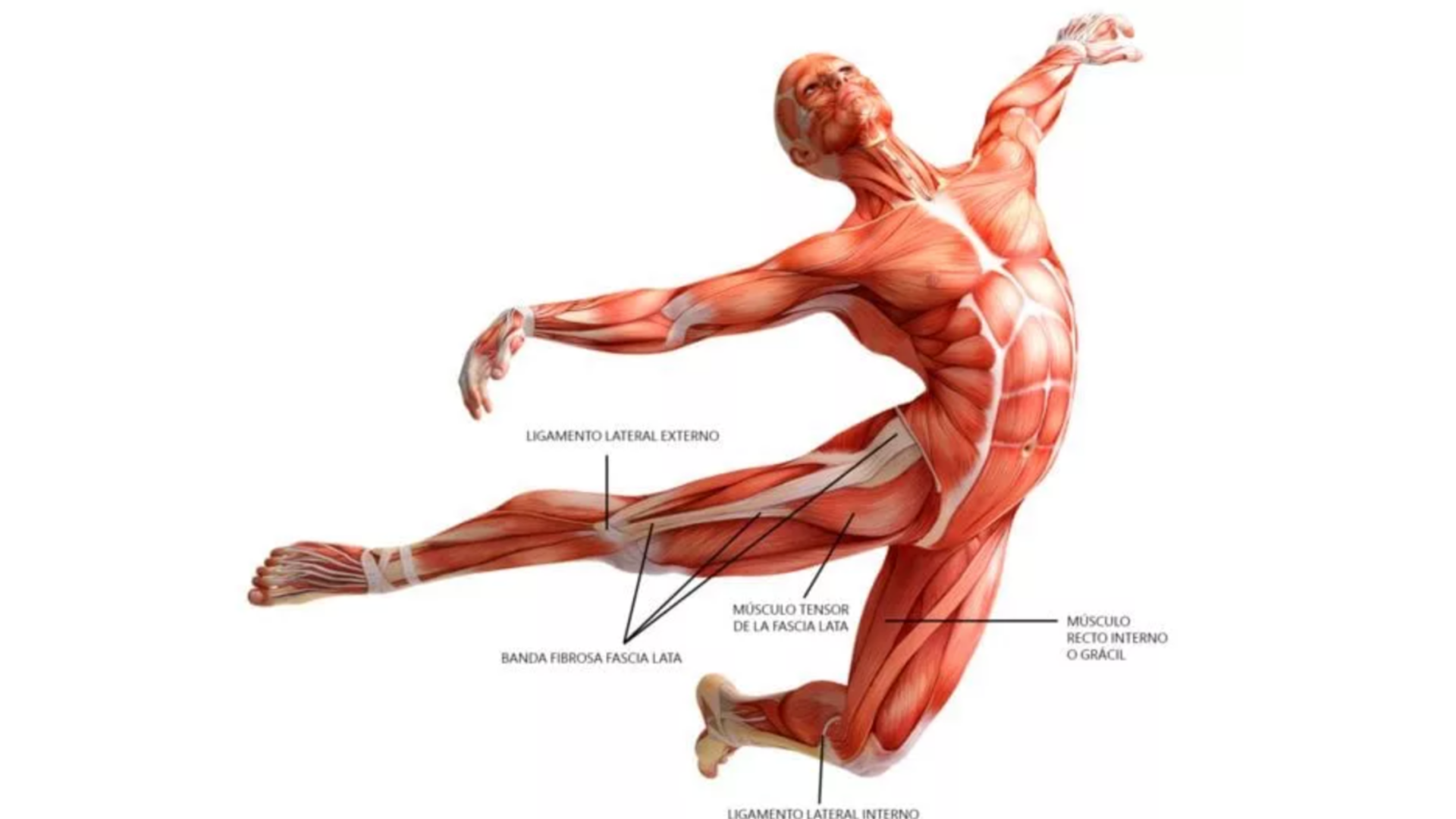
Myofascial Release: What It Is and Why Your Muscles Need It
Share
Myofascial Release: What It Is and Why Your Muscles Need It

Feeling tight or sore? It might not just be your muscles—your fascia could be the culprit. This thin layer of connective tissue surrounds your muscles and can become strained or restricted during physical activity. Enter myofascial release: a technique that’s gaining popularity for its ability to relieve discomfort and improve mobility.
What Is Myofascial Release?
Myofascial release is a therapeutic technique that involves applying sustained pressure to the fascia. This helps to release tension, improve blood flow, and restore movement. Whether you’re an athlete, a new parent, or someone managing a medical condition, myofascial release can make a big difference.

Why Is Myofascial Release Important?
Your fascia plays a key role in maintaining your body’s mobility and stability. When it becomes tight or restricted, it can lead to:
- Chronic pain: Tight fascia can compress muscles and nerves, causing persistent discomfort.
- Reduced flexibility: Restricted fascia limits your range of motion, making daily activities more challenging.
- Increased injury risk: Tight fascia creates imbalances that can lead to strains or sprains.
The Perfect Tool for At-Home Relief
While professional massages are great, they’re not always convenient or affordable. That’s where the hot and cold therapy massage ball comes in. Compact and easy to use, it’s perfect for targeting problem areas like your back, calves, or shoulders.

How to Use the Massage Ball for Myofascial Release
Using the hot and cold therapy massage ball is simple and effective. Here’s how:
- Identify a sore or tight area.
- Place the ball between your body and a hard surface, like a wall or the floor.
- Apply gentle pressure and roll the ball slowly over the area.
- Hold the ball on particularly tight spots for 20-30 seconds.
- Repeat as needed, moving to different areas of tension.
Feel the Benefits
Regular myofascial release can:
- Improve flexibility and mobility.
- Reduce inflammation and pain.
- Prevent injuries by addressing tightness early.
- Enhance performance by improving recovery time.
Myofascial release isn’t just for athletes—it’s for anyone looking to move better and feel better. Incorporating this technique into your routine can make a significant difference in how you recover and perform.
